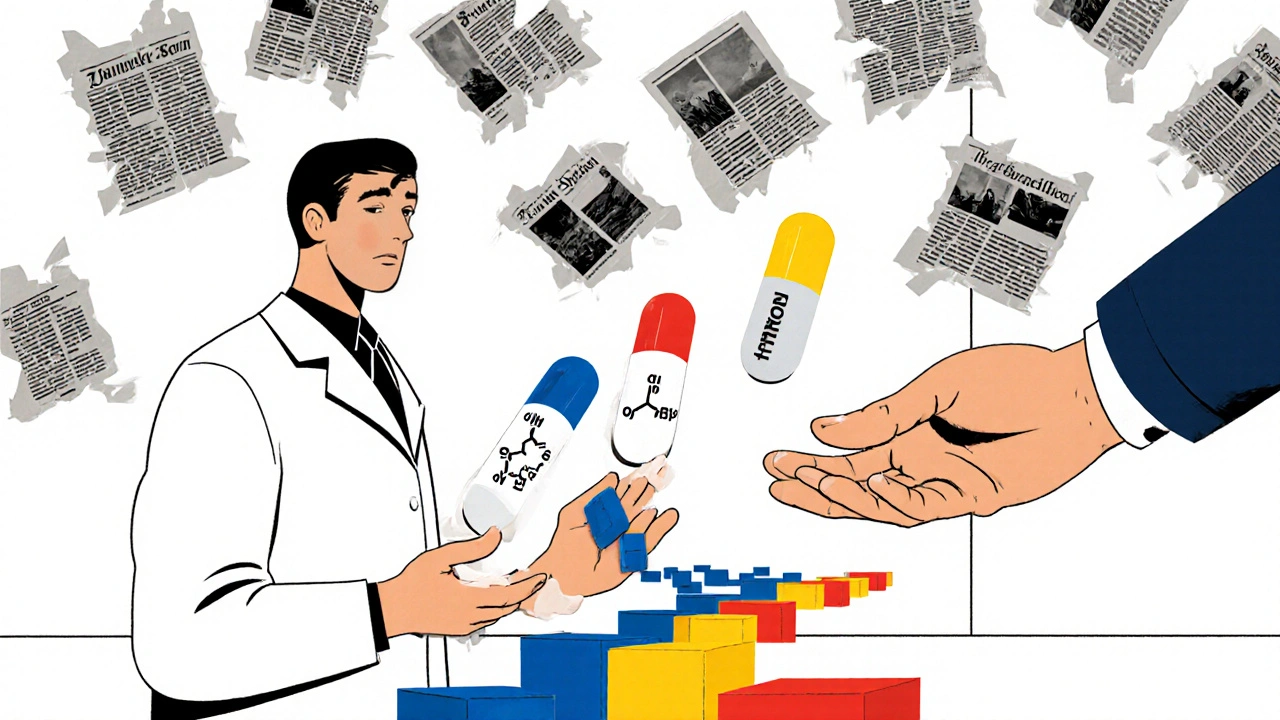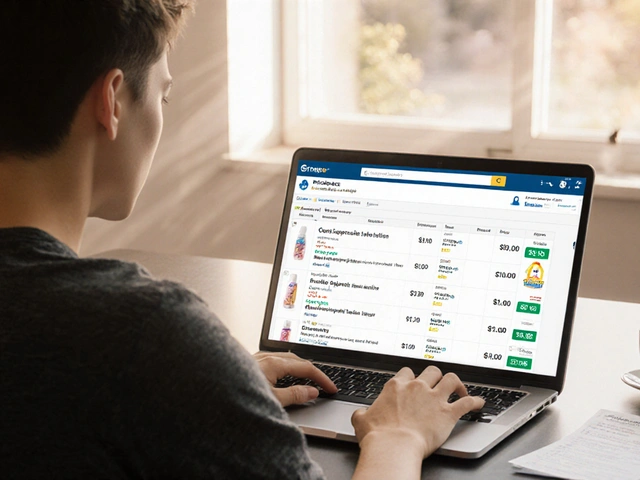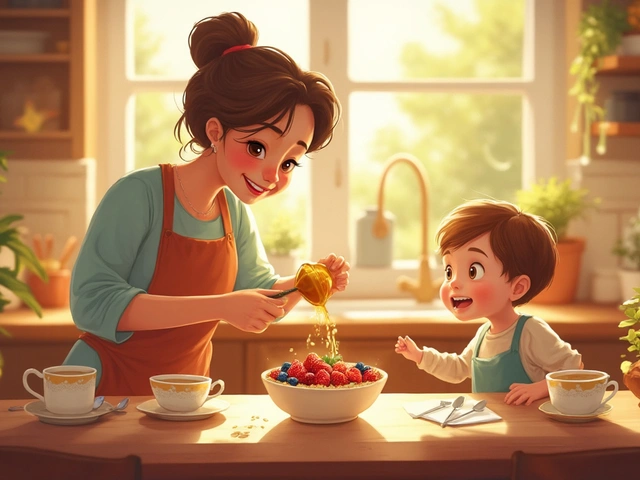When you pick up a prescription, you might not notice the difference between the brand-name pill and the generic one. They have the same active ingredient, the same dosage, the same FDA approval. But if you’ve ever hesitated to take a generic drug because you’re worried it’s not as good, you’re not alone. And the media has a lot to do with that.
Why You Think Generics Are Less Effective
Most people assume generic drugs are cheaper because they’re lower quality. That’s not true. The FDA requires generics to prove they work the same way as the brand-name version. But headlines like “Contaminated Generic Drugs Reveal an Urgent Public Health Crisis” or “How Some Generic Drugs Could Do More Harm Than Good” stick in your mind. They’re scary. They sound urgent. And they rarely mention that the brand-name version had the same issues in the past-or that these cases are extremely rare. A 2014 study in JAMA Network found that 98% of newspaper articles about medications didn’t have a policy requiring reporters to use the generic name. Instead, they used brand names like “Lipitor” or “Zoloft,” even when the story was about the chemical inside-the generic version. That’s not just sloppy journalism. It reinforces the idea that the brand is the real drug, and the generic is just a knockoff.The Hidden Bias in Medical Reporting
News outlets rarely disclose who paid for the research they’re reporting on. A study showed that only 2% of newspapers had written rules requiring funding disclosures. That means you might read a story claiming a generic drug caused side effects, without knowing it was funded by the company that makes the brand-name version. It’s like reading a review of a car that doesn’t tell you the reviewer works for the competing brand. Even when the science is solid, the framing matters. A 2023 FDA study led by Dr. Sarah Ibrahim found that patients knew generics had the same active ingredients-but still doubted their safety. Why? Because media stories focus on rare contamination cases, price spikes, or manufacturing problems in foreign countries. They don’t mention that 84% of all prescriptions in the U.S. are filled with generics-and that the vast majority of them work just fine.What Happens When You Get Bad Health News
It’s not just about headlines. It’s about timing. A 2023 study from the University of Texas at Dallas found that when people get bad health news-like a high cholesterol reading or a diabetes diagnosis-they’re more likely to choose brand-name drugs over generics in the next 90 days. Not because they’re smarter about their health. But because they’re scared. And in fear, people reach for what they think is “better,” even if it costs three times as much. This isn’t logic. It’s psychology. When you’re anxious about your health, you don’t want to take a risk. You want the name you recognize. And the media doesn’t help. It feeds the fear instead of calming it.
Patients Can’t Tell the Difference
A 2023 study published in PMC found that only 17% of people could correctly identify a generic medicine package. About 40% couldn’t tell the difference between a brand-name and a generic pill just by looking at it. That’s not because they’re careless. It’s because the packaging is designed to look different. Brand-name drugs have flashy logos, bright colors, and fancy designs. Generics? They’re plain. White. Small. Unassuming. That’s not an accident. Drug companies spend millions making their products look premium. Generic manufacturers are told to make theirs look as plain as possible. So when you see a bright blue pill with a logo, you think, “This must be the real one.” And when you see a small white tablet with no name, you wonder: “Is this even the same thing?”Doctors and Pharmacists Are the Missing Link
Here’s the good news: when your doctor or pharmacist takes five minutes to explain why a generic is safe, your trust goes up. A systematic review in PMC found that patient trust in their healthcare provider overrides their own doubts about generics. If your doctor says, “This generic is exactly the same,” you’re more likely to believe it-even if the news told you otherwise. Pharmacists, in particular, are in a unique position. They’re the last person you talk to before you take the pill. And they know more about drug formulations than most doctors. A 2023 US Pharmacist article showed that patients who had a conversation with their pharmacist about generics were significantly more likely to stick with them. But too often, that conversation doesn’t happen. Doctors are rushed. Pharmacists are overwhelmed. And the media has already planted the seed of doubt.





